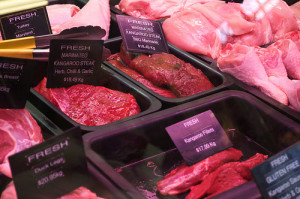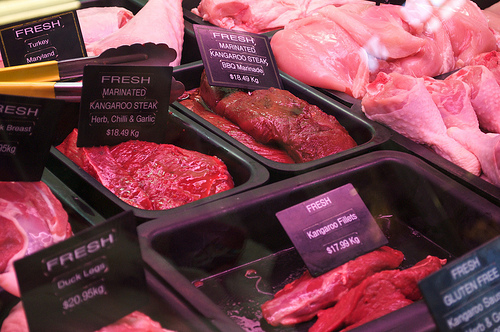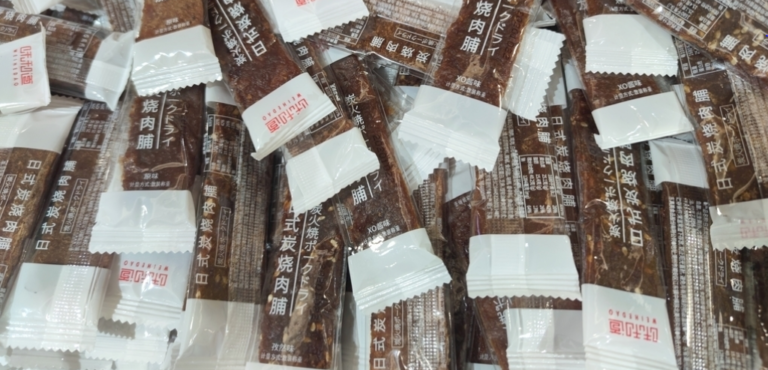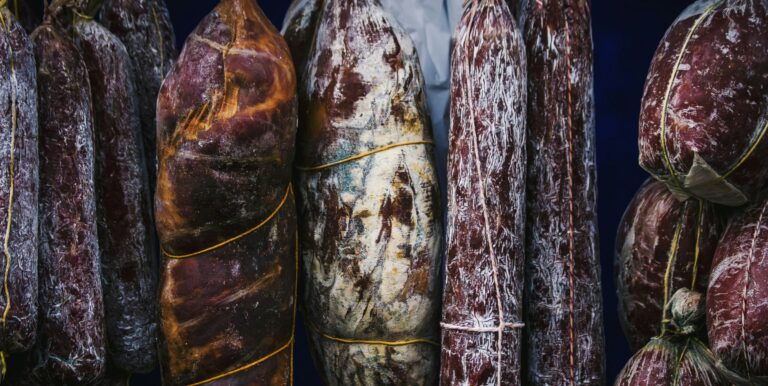Australian meat market in China
Australian red meat exporters are comfortably entrenched as one of the biggest providers for the Chinese market. Despite significant projected changes to the local economy, the dominant share of Australian meat market in China is expected to remain true through to 2020 and beyond. V&V Walsh’s recent A$1 billion deal plan to provide meat exports to Inner Mongolia over the next 5 years gives an idea of kind of growth that can be expected from the Chinese consumer. What’s the state of Australia’s meat export industry to China and what is its forecast?
Australian red meat exports to China are at a historic high

In 2012-2013, red meat exports to China accounted for A$576 million, about 162,000 tonnes swt. It is the major share of Australian meat market in China. Sheepmeat exports, in particular lamb breast, saw a 38% increase year over year to nearly 70,000 tonnes. In the first six months, red meat exports had exceeded the entire tonnage of 2012. Although Q2 2014 saw a 9% decline in beef exports (primarily due to the implementation of new protocols on hormone treatment), it still remains at historic highs. With 33 processing plants approved to export to China, Australia remains the highest importer of beef after Uruguay, and in close competition with New Zealand over sheep meat imports, with a significant increase in the first six months of 2014. New Zealand saw a slight dip.
Over the past 7 years, the trend on Australian meat market in China has been in beef and veal has been away from manufacturing grade meat. Industry experts suggest this stems from China’s increasing awareness of food safety standards. While it accounted for 67% of China’s imports in 2007-2008, it currently sits at closer to 11%. Brisket and silverside/underside have seen a big growth in China’s market. Shin/shank cuts remain a significant portion of exports, despite having seen a decrease in demand in recent years. While Hong Kong has traditionally had the highest demand for Australian red meat, in recent years, mainland demand has been growing significantly in the last decade. This trend seems set to continue as China’s red meat consumption continues to grow.
Competition is growing for Australian meat market in China
China recently lifted the ban on Brazilian beef imports, raising questions about how this will impact Australian meat exports to China. Their lack of approved processing facilities suggests that the competition won’t have any significant impact for several years, but Brazil represents an additional South American competitor. Uruguay, which saw a 450% year on year growth in beef exports to China in 2012-2013, remains Australia’s biggest competitor. New Zealand, which provided 55% of China’s imported sheep meat in 2012-2013, and 58% in the first six months of 2013, represents that majority of China’s imported sheep meat market. However, whereas Australia’s sheep meat exports to China are growing steadily, New Zealand has seen a slight dip in 2014.
Apart from foreign competitors, there’s some suggestion that mainland competition is on the rise. The increased demand for carcass imports suggests that China’s meat processing sector, historically a less than reputable industry, is growing. This should not be much cause for concern, however, as foreign imports still make up the majority of quality red meat products on both the mainland and Hong Kong/Macau. Japan remains Australia’s largest importer of high-quality cuts, but China is beginning to match its island neighbour for tonnage. The emergence of competitors may be seen as a threat to Australia’s meat market, but the growth of China’s market suggest that, even if Australian red meat producers cannot capitalise on this growth, the market may be big enough to absorb the additional product.
China is consuming more red meat
Average personal income on mainland China is projected to reach 8,000 RMB per month in 2020, and with the expected emergence of a larger middle class, the demand for red meat is expected to grow. Although China’s working age demographic is expected to decrease in the future, with a corresponding hit on the country’s meteoric GDP growth, this is not expected to affect red meat demand significantly. While consumption of mutton and beef in Chinese households is reportedly low, it doesn’t take into account meat consumed out-of-home; in addition, more affluent households report a much higher consumption of these meats. This suggests that, as income rises, so will the desire for red meat.
Pork remains the country’s primary meat type, but recurring food safety and hygiene scandals continue to mar China’s pork production. This is expected to drive more consumers towards lamb and beef as alternative sources of protein; China is expected to consume 7.21 million tonnes of red meat in 2015. In addition to being perceived as safer, beef is also positively perceived in China as a higher quality meat. With disease outbreaks, increased farming costs and poor industry standards limiting local producers’ ability to meet this demand, Australian red meat will remain in high demand.
The emergence of competitors may be seen as a threat to Australia’s meat market, but the growth of China’s market suggest that, even if Australian red meat producers cannot capitalise on this growth, the market may be big enough to absorb the additional product.
SOURCE:
https://www.daff.gov.au/__data/assets/pdf_file/0006/2259123/food-consumption-trends-in-china-v2.pdf
https://www.amic.org.au/SiteMedia/W3SVC116/Uploads/Documents/China%20-%20The%20Future.pdf
https://www.abc.net.au/news/2014-07-21/nrn-china-lifts-brazilian-beef-ban/5611266





